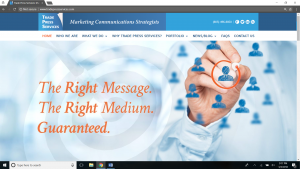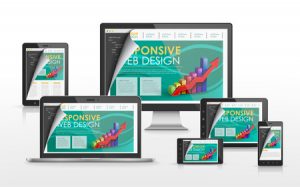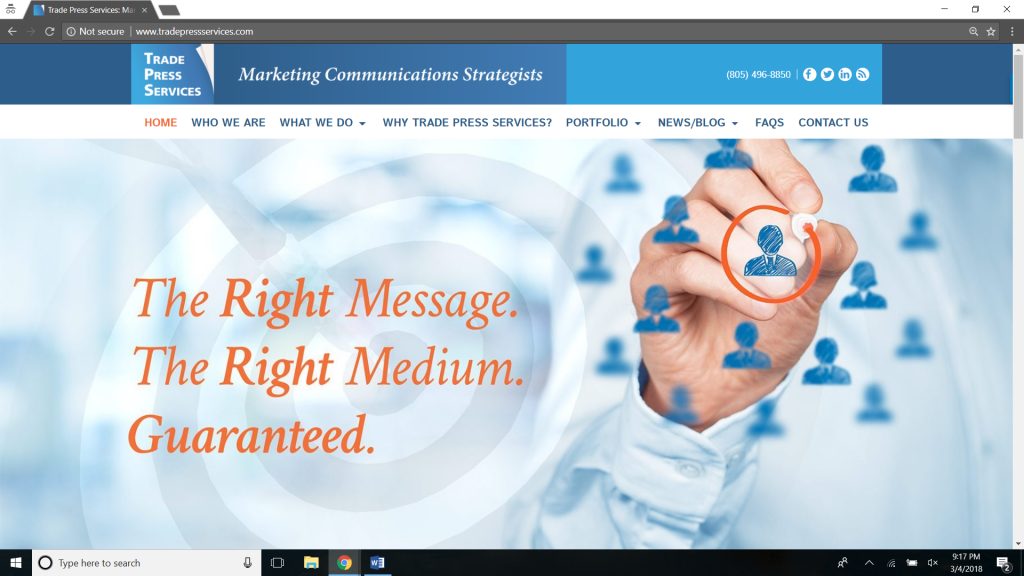
Often, a company’s website is the first interface in establishing a business relationship. In fact, 48% of customers cited a website’s design as the number one factor in determining the credibility of a business. That initial impression either invites them to learn more or turns them away completely. But the quality of web design goes far beyond the visual appeal of your site. Additional considerations include functionality, user experience and content. With that in mind, here are four guidelines that, when implemented, will create a competitive advantage and engage, energize and enhance how visitors view your website.
Website Design

- Ease of access. As mobile devices become mainstays of modern usage, websites need to be optimized for all possible consumption platforms. When designing a site, prioritize ease of access, interactivity and responsiveness across all major device platforms. For example, 53% of mobile visitors will abandon a website that takes longer than three seconds to load. Ensure that all facets of your website function at high levels on various devices to remain relevant to prospects.
- Interactive messaging. Web users want the chance to interact with the pages they visit. The invitation to interact with content further engages visitors and encourages them to stay and explore. Design is an important component of driving engagement. Research shows that 59 percent of global consumers would rather engage with web content that is professionally and attractively designed. Examples of interactive components include:
- Video and slide presentations
- E-books
- Surveys and quizzes
- Popups
- Chatbots and AI
- Measure successes and failures. User behavior metrics such as Google Analytics allow marketers to track traffic, connect sign-ups with CRM systems and monitor engagement with interactive elements. These metrics serve as a valuable resource for identifying successes and failures of design or content features as well as prospects’ interests and motivations. Measuring and evaluating prospect behavior provide an arsenal of valuable information for marketing and business development teams.
- New and relevant content. Generating fresh content and distributing it appropriately showcase your relevant industry expertise. In a pivotal way, it positions your organization as a leader in the marketplace. Whether content takes the form of blogs, press releases, case studies or other types of customer-centric information, communicating more often is better. In order to maintain a relationship with clients and boost SEO, add fresh content on a regular basis. Content should reflect your firm’s ideology, brand and corporate differential.
Creating a Storefront

In this digital age, many companies no longer rely solely on brick-and-mortar storefront traffic. Instead, or in addition to, the website becomes something of a headquarters for interaction. The first impression (and you never get a second chance to make a good first impression) should represent the brand, influence and proficiency of the business. Maintain a contemporary, user-friendly and interactive design with important and newsworthy content to create a “storefront” that visitors will want to enter, stay and even buy.

